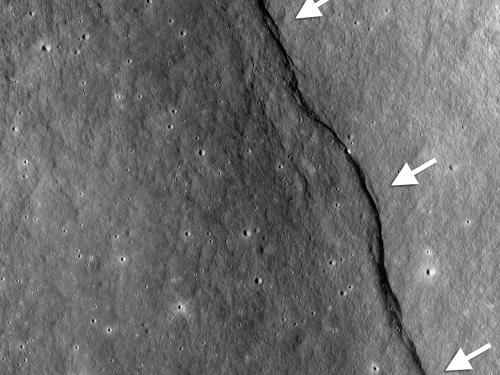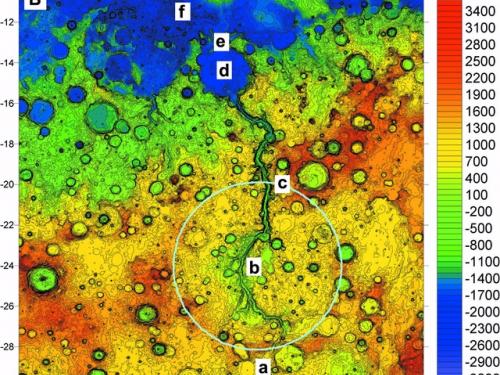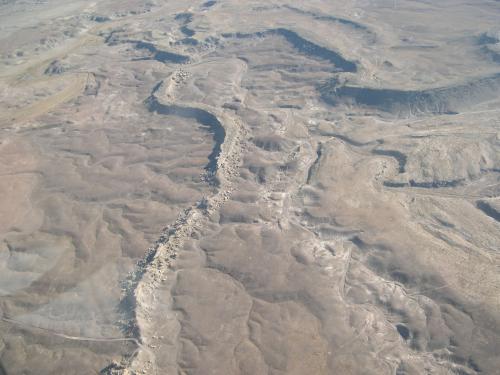

Showing 21 - 30 of 32

The distribution and character of lobate scarps on the Moon indicate that the most likely reason for their formation is global contraction of the Moon caused by interior cooling.

The southern region of Egypt where the Selima Sand Sheet is located was wetter and inhabited in the past. Now it is an uninviting monotonous, dry, vegetation-free expanse. We are examining this evolution.

Linear dunes are the most common dune forms on Earth, and they appear on all terrestrial planets that have an atmosphere, yet scientists still do not have a clear understanding as to how they form.

The physical and chemical nature of the light-toned layered deposits in Terby crater are consistent with deposition of material in a large, standing body of water much earlier in Mars' history.

We are studying the history of landforms on Earth in order to understand how similar landforms were generated on other planets and moons.

Images taken in January 2008 by MESSENGER of Caloris Basin show a complex pattern of deformation unlike that found in any other basin in the solar system.

The search for evidence of ancient lakes on the surface of Mars.

Ground-penetrating radar (GPR) gathers information on subsurface features using radio waves that are transmitted into the subsurface that then reflect off differing layers and structures.

We are studying inverted and volcanic channels using satellite data of Mars and in the field on Earth to better understand how they form.

The Ka'u Desert, located on the western flank of Kilauea Volcano on the main island of Hawaii, may be the best analog to what we think early Mars was like.